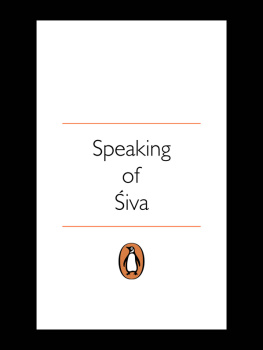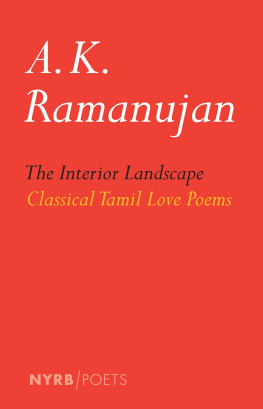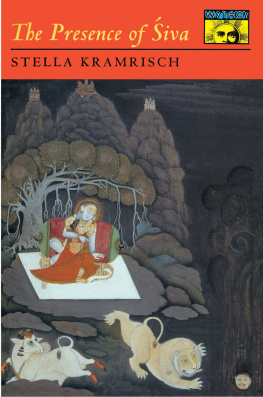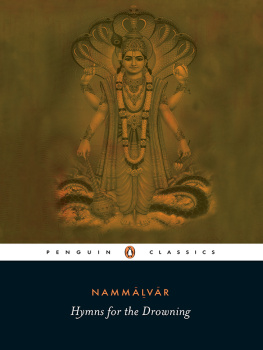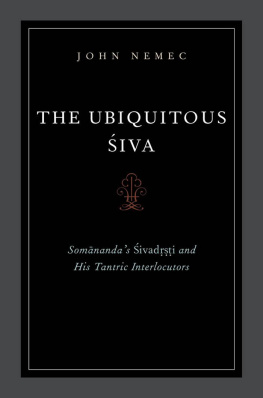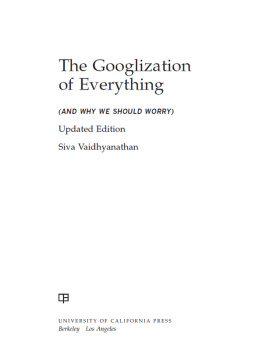A. K. Ramanujan was born in South India and has degrees in English and in Linguistics. He has held teaching appointments at the Universities of Baroda (India), Wisconsin, Berkeley, Michigan, Indiana and Chicago. He has contributed articles in linguistics, folklore and Indian literature to many journals and books; his poetry and translations (from Kannada, Tamil, and Malayalam) have been widely published in India, the United States, and Great Britain. His publications include Proverbs (in Kannada, 1955), The Striders (Poetry Book Society Recommendation, 1966), The Interior Landscape (translations from Classical Tamil, 1970), Hokkulalli Hvilla (Kannada poems, 1969), and Relations (poems, 1971).
Introduction
THE TEMPLE AND THE BODY
The rich
will make temples for iva.
What shall I,
a poor man,
do? [5]
My legs are pillars,
the body the shrine,
the head a cupola
of gold.
Listen, O lord of the meeting rivers, [10]
things standing shall fall,
but the moving ever shall stay.
BASAVAA 820
Basavaa was the leader of the medieval religious movement, Vraaivism, of which the Kannada vacanas are the most important texts. If one were to choose a single poem to represent the whole extraordinary body of religious lyrics called the vacanas, one cannot do better than choose the above poem of Basavaas. It dramatizes several of the themes and oppositions characteristic of the protest or protestant movement called Vraaivism.
For instance: Indian temples are traditionally built in the image of the human body. The ritual for building a temple begins with digging in the earth, and planting a pot of seed. The temple is said to rise from the implanted seed, like a human. The different parts of a temple are named after body parts. The two sides are called the hands or wings, the hasta; a pillar is called a foot, pda. The top of the temple is the head,
But in history the human metaphor fades. The model, the meaning, is submerged. The temple becomes a static standing thing that has forgotten its moving originals. Basavaas poem calls for a return to the original of all temples, preferring the body to the embodiment.
The poems as well as the saints legends suggest a cycle of transformations temple into body into temple, or a circle of identities a temple is a body is a temple. The legend of saint Ghakara is a striking example: when the saint realized that iva was the supreme god, he gave himself as an offering to iva. His body became the threshold of a iva temple, his limbs the frame of the door, his head the temple bell.
The poem draws a distinction between making and being. The rich can only make temples. They may not be or become temples by what they do. Further what is made is a mortal artifact, but what one is is immortal (lines 1112).
This opposition, the standing v. the moving, sthvara v. jagama, is at the heart of Vraaivism. The Sanskrit word sthvara, containing the same Indo-European root as in English words like stand, state, estate, stature, static, status, carries connotations of these related words. Jagama contains a cognate of English go. Sthvara is that which stands, a piece of property, a thing inanimate. Jagama is moving, moveable, anything given to going and coming. Especially in Vraaiva religion a Jagama is a religious man who has renounced world and home, moving from village to village, representing god to the devoted, a god incarnate. Sthvara could mean any static symbol or idol of god, a temple, or a liga worshipped in a temple. Thus the two words carry a contrast between two opposed conceptions of god and of worship. Basavaa in the above poem prefers the original to the symbol, the body that remembers to the temple that forgets, the poor though living moving jagama to the rich petrified temple, the sthvara, standing out there.
The poem opens by relating the temple to the rich. Medieval South Indian temples looked remarkably like palaces with battlements; they were richly endowed and patronized by the wealthy and the powerful, without whom the massive structures housing the bejewelled gods and sculptured pillars would not have been possible. The Vraaiva movement was a social upheaval by and for the poor, the low-caste and the outcaste against the rich and the privileged; it was a rising of the unlettered against the literate pundit, flesh and blood against stone.
The poem enacts this conflict. Lines 15 speak of making temples. They are opposed to I, the poor man, who can neither make nor do anything. In lines 69 the poet recovers from the despair with an assertion of identities between body and temple; legs are pillars, the body a shrine, the head a cupola, a defiant cupola of gold. From making the poem has moved to being. Lines 1012 sum up the contrasts, asserting a universal: Whats made will crumble, whats standing will fall; but what is, the living moving jagama, is immortal.
The first sentence of the poem has a clear tense,the making of temples in time and history. The second movement (lines 69) asserting identities, has no tense or verb in the Kannada original, though one has to use the verb to be in the English translation for such equations, e.g., My legs are pillars; Kannada has only My legs themselves, pillars. The polarities are lined up and judged:
the rich | : the poor |
temple | : body |
make | : be |
the standing (sthvara) | : the moving (jagama) |
The sthvara/jagama contrast is not merely an opposition of thing and person. The Vraaiva trinity consists of guru, liga, and jagama the spiritual teacher, the symbolic stone-emblem of iva, and His wandering mendicant representative. They are three yet one. Basavaa insists, in another poem, sthvara and jagama are one to the truly worshipful spirit. Yet if a devotee prefer external worship of the stone liga (sthvara) to serving a human jagama, he would be worthy of scorn.
Jagama in the last sentence of the poem is in the neuter (jagamakke). This makes it an abstraction, raising the particular living/dying Jagama to a universal immortal principle. But the word jagama also carries its normal association of holy person, thus including the Living and the Living-forever.
VACANAS AND HINDUISM
Anthropologists like Robert Redfield and Milton Singer speak of great and little traditions in Indian civilization; other pairs of terms have been proposed: popular/learned, folk/classical, low/high, parochial/universal, peasant/aristocratic, lay/hieratic. The native Indian tradition speaks of mrga (classical) and dei (folk). The several pairs capture different aspects of a familiar dichotomy, though none of them is satisfactory or definitive. We shall use great and little here as convenient labels. Reservations regarding the concepts and the dichotomy will appear below.

